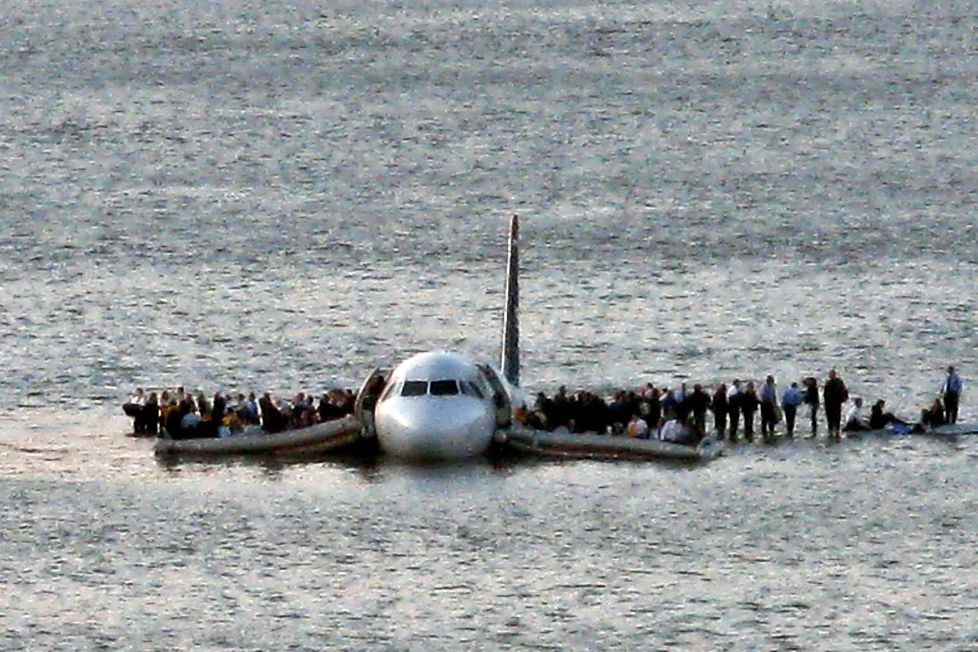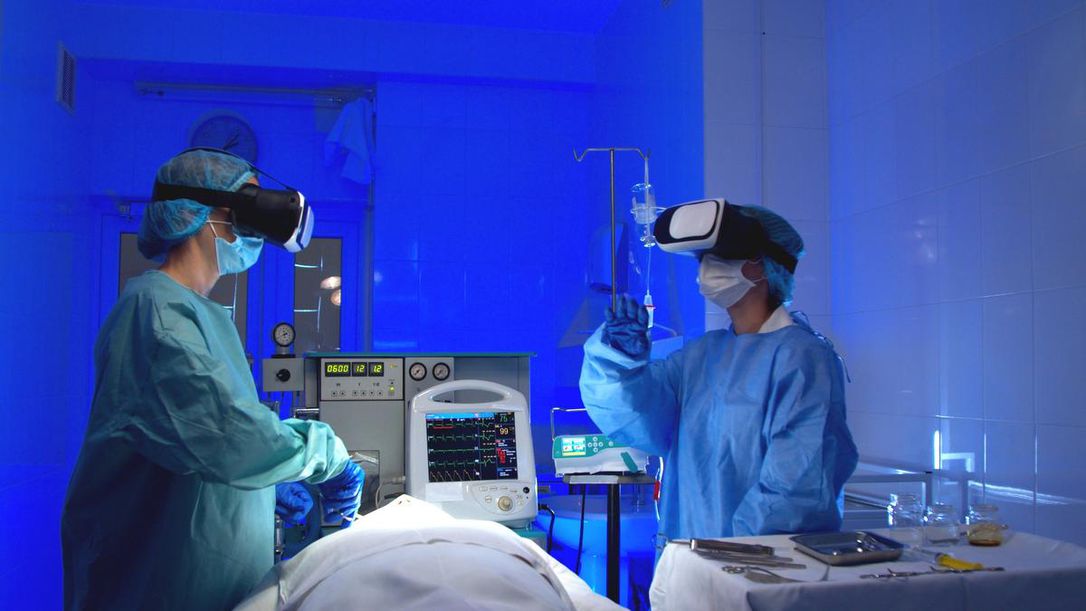I was watching Sully the movie on my Netflix last week, not only Tom Hanks’ performance has impressed me, but also the discussion during the hearing.
The water landing on the Hudson that Sully (the pilot) performed was so smooth, so streamlined, all under control. Somehow, as someone who has stopped her Physics studies at age 16 and never has driven a car, water landing sounds a lot less hardcore than terrain hard landing. It is not as rare as I recalled, as it has appeared in quite some movies (oh yeah, in movies darling). A flight can explode anytime due to overheating, obstacles crash, etc., but with water, this risk can be greatly reduced. It barely happened doesn’t mean it is impossible/ dangerous right? Why would it be described as a heroic/ miracle landing, and even be hailed as “the most successful ditching in aviation history” by the NTSB?
To have my questions answered, my curiosity is piqued and I googled to find out the explanation of this so-called miracle.
What is ditching?
According to Businessinsider, “Ditching is a controlled emergency landing on water. It can be caused by almost anything, but usually, it’s because of engine failure or running out of fuel. Pilots only decide to ditch an aircraft when there is no better alternative. Despite the difficulty, pilots don’t undergo extensive training on ditching.”
Is it rare?
Yes and No!
“While ditching is extremely uncommon in commercial passenger travel, small aircraft tend to ditch slightly more often because they usually have only one engine and their systems have fewer redundancies. According to the National Transportation Safety Board, there are about a dozen ditchings per year.”
(See! It happens not only in movies!)
Why is it dangerous?
Unlike terrain landing, there are more uncertainties. It is unpredictable and requires lots of techniques (and calculation!). Variables such as the altitude of the airplane, the wings level, the direction of currents, the wind speed, the descending speed all have to be taken into account. When you hit the water at a very high speed, you can break the aircraft up as if you were hitting land (think of the bruise you got when you jump into water from a great height). It is no different from hitting concrete. There is also the possibility of the aircraft flipping, cartwheeling, or even breaking apart.
Of course, if you managed to do a water landing instead of water crashing, the water would act as a means of fiction to slow the plane down. But only if the formula works perfectly with all variables taken into account. Accordingly to the movie, the X factor is Sully (X-men?).
So the danger is all about the uncertainties?
More than that.
In the movie, after the simulations had been done, Tom Hanks asked the board, “How many times did the sims practiced the scenario before resulting in successful landings?”. The answer was 17 times. Even for an emergency sim landing, they have done multiple practices before getting the desired results. And how often pilots will go for ditching training in reality? Barely any.
Chesley Sullenberger, the pilot of US Airways Flight 1549, told The Telegraph in 2018: ‘’The only training we had gotten for a water landing was reading a few paragraphs in a manual and having a brief classroom discussion.’’
Besides the variables, lack of training is also the reason.
But we are not going to put our employees in danger for the sack of training! Are we?
Do you remember your first time doing your sales pitch/ presentation? Did you go there free-styled? As an introvert and a learning expert, I know how important training is, especially hands-on training. I don’t go without practice, I have my adrenaline trained so much to a point that I feel nothing. I go through heaps of practice for something that applies no risk to my life. But for a water landing, which is known to be dangerous, no training is available? Wow.
It is understandable that training should be cost-effective and appropriate. Rare incidents such as emergency water landing may be rather cost-ineffective (have a low ROI) from a training point of view. Of course, I am not saying that it makes sense to crash a plane to run the training, but with the rapidly developing VR technology, the cost and time of production can be greatly reduced. Learners can be trained in a safe and controlled environment in a cost-effective, and scalable way.
Instead of reading a few paragraphs in a manual and discuss with the other pilots, a VR simulation using 3D animation and 360°videos and photos may help.
You mentioned VR, right?
Here, we have 2 types of VR, 3D and 360°.
3D VR immerses a user fully into a virtual, computer graphics environment (which may not exist at all, final fantasy!) and he/she can interact freely with the environment. Users can move around from their own perspective, they may even have the ability to modify it. The simulations in the movie were in 3D computer graphics.
In contrast, 360° VR, immerses a user into an actual environment that has been captured by a 360° camera. Basically, a user is being put into a 360° content. He/she can look around, but not walk around, it is limited to the creator’s perspective.
How to make training cost-effective using VR technology?
Ditching is somehow difficult to be built in both 3D and 360° VR format due to the complications we have discussed earlier.
In 3D format, everything has to be input into the formula, for example, the weight and altitude of the aircraft, direction of wind and waves, the wings level, the actual water surface that the plane is going to land etc. Any variable will affect the final result of how a plane will respond during the landing/ crashing. Building a 3D model takes enormous amounts of time and money when you take into account the rareness of this event. Although the simulation could be relatively accurate, it somehow makes sense not to build.
In 360° format, it sounds impossible though. To film it, you would have to actually crash an aircraft as it is based on the actual environment.
What?
Let me finish my sentence.
While we may not be able to create a 100% accurate, fully-immersive 360° simulation as the accuracy depends on heaps of the mentioned variables, we can use technologies such as drones to simulate the crashing scenarios. The footages can be edited with additional interactions, such as multiple-choice questions (following with consequential scenarios), mandatory procedure instructions, announcement practicing, etc. The time and cost of production can be greatly reduced, which allows rare scenarios like ditching to be created and trained in a safe and scalable way. We can also create a simulation for flight attendants on how to evacuate passengers in the water, too. This allows training to be delivered and consumed anytime in a controlled environment, without getting wet.
The best thing about VR is that you can practice it anywhere with a VR headset, your phone (combining with a VR device) or even with your laptop (in 360° mode). Pilots are no longer required to be in the simulation room at a specific time for a video-game type training. It saves lots of time in different ways.
Summary
Same as surgeon training, pilot training is a serious business. Whilst VR will not replace high-quality, human instructed on-the-job training, combining with other advanced technologies such as drones, training can be created in a shorter time-frame whilst remains a high level of realism.
Quelle:
Foto: Credit to New York Post.




